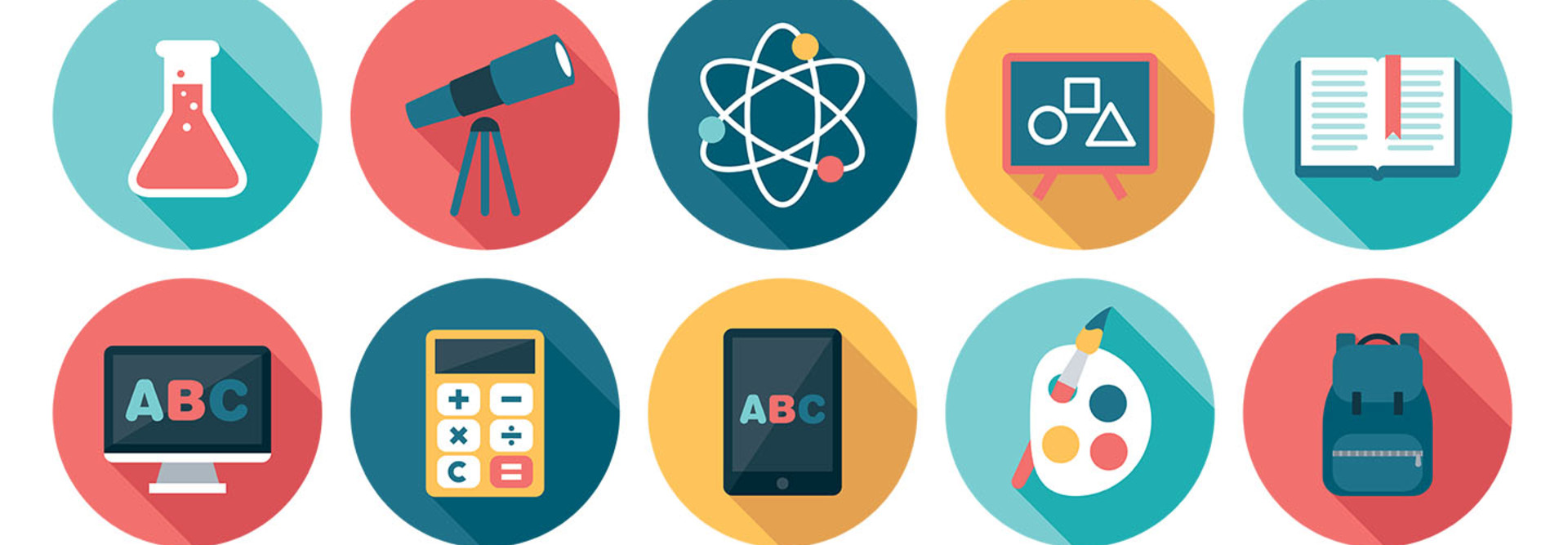8 Steps to Create a Successful Modern Learning Space
Modern learning spaces can have a big impact on both students and teachers. However, they require holistic planning in order to be successful. In CDW’s modern learning environment engagements with numerous school districts across the country, the following best practices have emerged:
SIGN UP: Get more news from the EdTech newsletter in your inbox every two weeks!
1. Plan for Modern Spaces Across Silos
The decision-making process leading up to the implementation of the modern learning environment should include not just district leadership and IT teams, but also school leadership teams, teachers, the custodial teams who will care for and maintain the new spaces and students and parents.
2. Eliminate the Front of the Classroom
One quick way to tell whether modern learning environment improvements will truly transform teaching and learning is to look at the classroom layout. Even when students are sitting in flexible furniture and armed with connected devices, not much is likely to change if they’re all still aimed at the front of the room. Classroom layout can have a huge impact on instruction by simply changing traffic patterns and encouraging teachers to circulate through the room, rather than standing at the front to deliver instruction.
3. Make Every Space a Learning Space
By ensuring that common spaces such as hallways, auditoriums and media centers are learning spaces, schools give teachers new ways to encourage collaboration among students, who may feel more relaxed and comfortable in open areas.
4. Repurpose Existing Items for the Classroom
Redesigning learning spaces doesn’t have to mean scrapping all of the furniture and technology already in place in a district. If a district finds that interactive whiteboards in its high school classrooms aren’t being used, for example, these displays might be pushed down into classrooms in the lower grades.
5. Support and Manage Technology
Class time is limited, and when technology doesn’t work or teachers and students can’t connect their devices because of network congestion, they will often quickly give up and revert to traditional methods. Only when access to technology is consistent and predictable will teachers be willing to incorporate digital tools into their planning.
Many school districts fund essential networking upgrades through the federal Schools and Libraries Program of the Universal Service Fund, more commonly referred to as E-rate. Often, vendors work with districts to identify products that are eligible for E-rate funding.
It’s also important to equip devices with collaboration and productivity tools such as Office 365 or Google's G Suite for Education.
Finally, device management is also crucial, as districts must be able to monitor the devices on their network and keep track of the devices they own. Deploying security solutions that protect student endpoints and the IT network are necessary to protect student data and prevent cyberattacks.
6. Differentiate Spaces for All Types of Learning
Just as two students might need different interventions to help them succeed, not every classroom is alike. A STEM-focused classroom might require more robust technology and different furniture from an English or history classroom.
7. Provide Excellent Professional Development
Teacher buy-in and adoption is perhaps the largest determining factor in the success of a modern learning environment, and effective professional development is key to getting teachers on board.
According to the American Federation of Teachers, 71 percent of educators say they face job-related stress due to “the adoption of new initiatives without proper professional development.” Rather than merely offering an introductory session on new technologies, administrators should incorporate modern learning environment improvements into their professional development on an ongoing basis.
8. Be Willing to Fail at First
No matter how carefully district leaders plan a modern learning environment initiative, much of the learning will inevitably occur through trial and error — the same way students often must arrive at several wrong answers before discovering the correct one.
While district leaders should set themselves up for success with the best practices mentioned above, they should also encourage their teachers to experiment and take chances with their new tools. Even the best modern learning environment implementations won’t be without missteps. True transformations rarely are.
For more information on the benefits of modernizing the classroom, take a look at the CDW whitepaper, "A Modern Learning Environment."








